To get the maximal yield out of your sugar beet crop, crop protection is essential. Pests and diseases pose significant threats to your fields. Discover more about these threats and our solutions below.
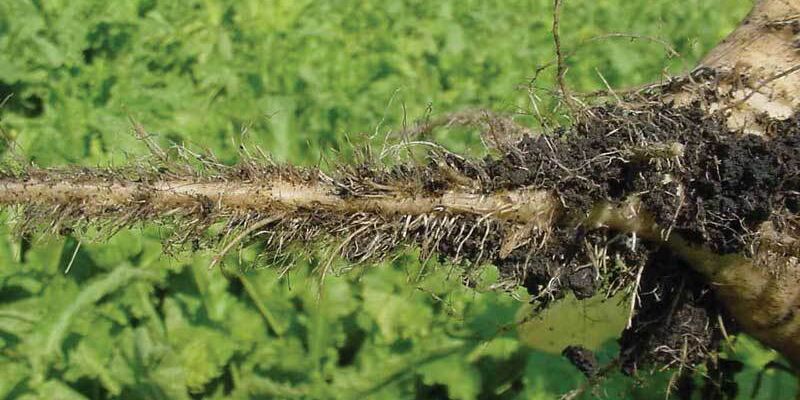

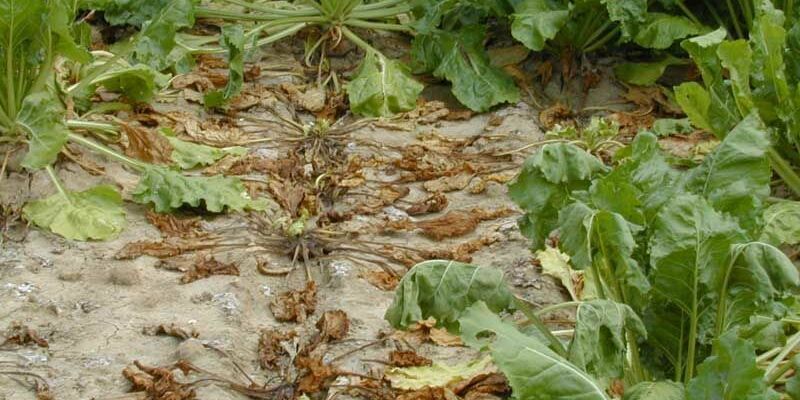
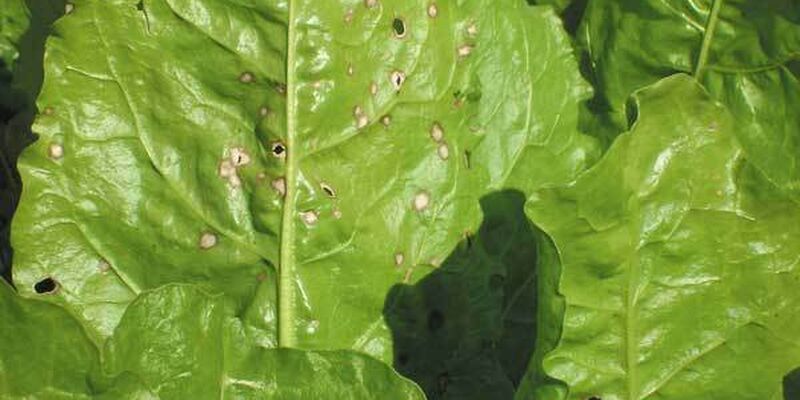
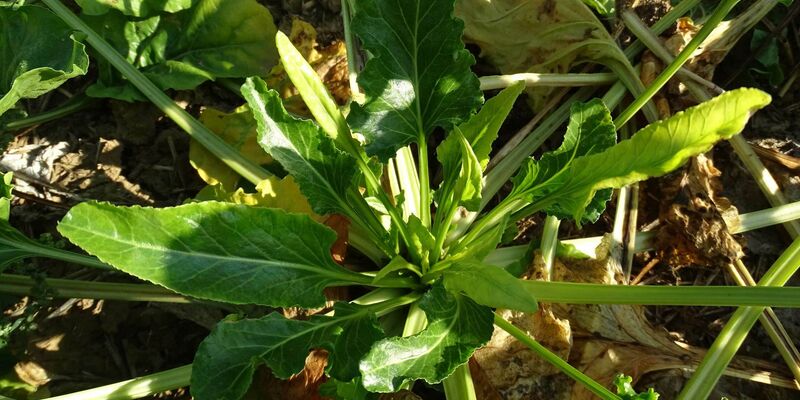
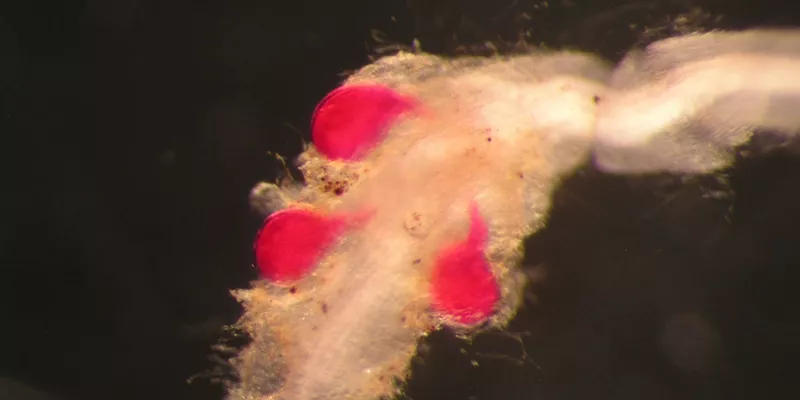
Root knot nematodes (RKN)
Root-knot nematodes (Meloidogyne spp.) are plant parasites that can cause severe damage to crops like potatoes, carrots, onions, salsify, and more. Read more about the symptoms and spread of Meloidogyne and discover how our sugar beet varieties can help you control infestations.
